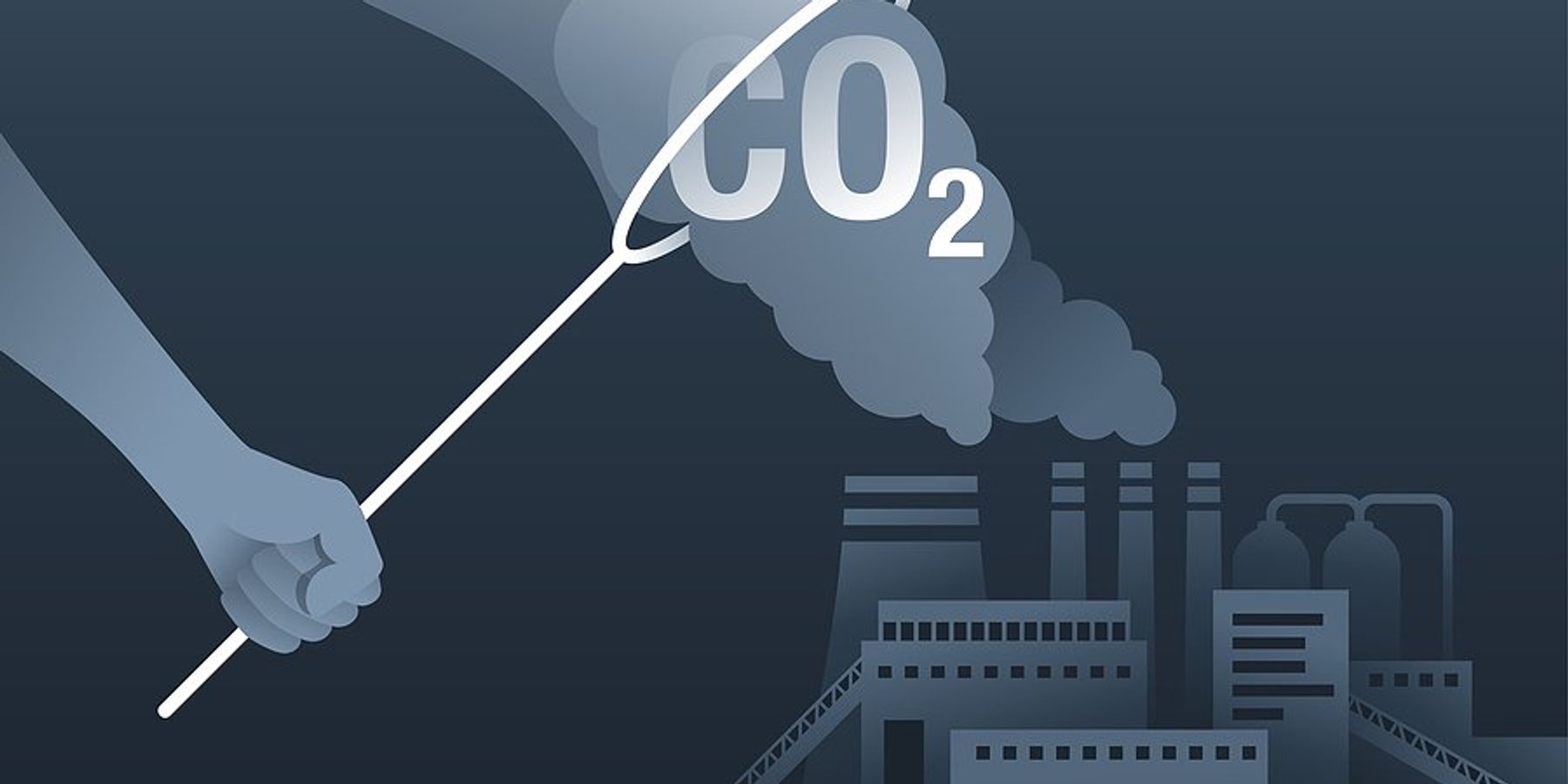Chemical recycling “a dangerous deception” for solving plastic pollution: Report
The analysis adds to the ongoing controversy and skepticism surrounding chemical recycling.
Chemical recycling — an umbrella term used to describe processes that break plastic waste down into molecular building blocks with high heat or chemicals and convert them into new products — will not help reduce plastic pollution, but rather exacerbate environmental problems, according to a new report by nonprofit environmental advocacy groups Beyond Plastics and the International Pollutants Elimination Network (IPEN).
The report comes just weeks before the United Nations Environment Programme meeting slated to take place in Nairobi in mid-November, where officials from countries worldwide will convene for a third round of negotiations to develop an international legally binding treaty to curb plastic pollution.
Less than 10% of the seven billion tons of plastic waste humans have generated has been recycled, according to the UN Environment Programme.
That echoes U.S. trends: available Environmental Protection Agency data showed that while the country generated 35.7 million tons of plastics in 2018, just three million tons, or 8.7%, were recycled. Some other accounts, such as a 2022 report from Beyond Plastics, found the U.S. plastic recycling rate is even lower — between 5% to 6%.
“This is the perfect report for delegates to read on the plane,” Judith Enck, president of the anti-plastics advocacy group Beyond Plastics that co-developed the report, told Environmental Health News (EHN). “Currently, the draft of the treaty does not allow for chemical recycling, but we know that the plastics and chemical industry is working hard to change that.”
“A dangerous deception”

To investigate the impacts of chemical recycling, the IPEN and Beyond Plastics report analyzed peer-reviewed literature as well as publicly available data on the 11 existing chemical recycling plants in the U.S., Lee Bell, mercury and persistent organic pollutants policy advisor at IPEN who is also the author of the new report, told EHN.
The analysis concluded that chemical recycling is “a dangerous deception” to solving the plastic waste problem as it is “inefficient, energy-intensive and contributes to climate change.” Even at full capacity, the report noted, the 11 chemical recycling facilities in the U.S. would handle less than 1.3% of the plastic waste generated annually within the country.
The report also claimed chemical recycling to be “dangerous and dirty,” emitting toxic waste back into the environment along the process. According to the analysis, typical emissions from pyrolysis, one of the most prevalent methods used in chemical recycling that involves breaking plastics down with high heat, include carcinogenic polycyclic aromatic hydrocarbons, volatile organic compounds, chlorinated and brominated dioxins, furans and acid gasses. Per- and polyfluoroalkyl substances , also known as PFAS, “may also be a contaminant of concern in chemical recycling output, but little information is available on the subject,” the report pointed out.
Furthermore, as part of the report, Beyond Plastics said it analyzed the 5-mile radius around each of the 11 chemical recycling plants using the EPA’s Environmental Justice Screening and Mapping Tool. The results showed that eight of the plants are located in areas with lower-income communities while “seven have higher-than-average concentrations of people of color than the rest of the state and country,” the report noted.
“Researchers worldwide have all agreed that the amount of data released by the chemical recycling industry is insufficient to determine its full impacts,” Bell said.” But what we have been able to deduce from the information that is available is that there are some very, very hazardous impacts associated with the processes.”
Controversies of chemical recycling
For many years, chemical recycling, also dubbed advanced recycling, has often been touted by proponents as a potential saving grace for the plastic pollution problem by creating “a new life cycle” for used plastic products.
However, some opponents contend that chemical recycling is nothing more than an industry ploy to support the ongoing expansion of plastic production and a tactic to deflect environmental responsibilities.
“It has been sold and hyped as a solution to the plastic pollution problem,” said Bell. “Unfortunately, chemical recycling does not play any significant role in addressing the plastic pollution issue.”
The results from the new report mirror the eyebrows raised by some researchers and lawmakers on the benefits and impacts of chemical recycling.
A September report published by the Nordic Council of Ministers, the official body for intergovernmental cooperation in the Nordic region, for instance, asserted that chemical recycling presents “drawbacks such as higher energy consumption, lower material-to-material yields, increased greenhouse gas emissions and greater investment requirements that could create ‘lock-in’ effects, disincentivizing better solutions in the future.”Downgraded regulatory controls
Meanwhile, within the U.S., there has been “a significant push politically” from the petrochemical industry to promote and deregulate chemical recycling on the state level, Bell said.
As of now, 24 states in the country have passed legislation to regulate chemical recycling as manufacturing instead of waste disposal or incineration, garnering applause from industry lobby groups.
By doing so, Bell argued that the state lawmakers are effectively downgrading the regulatory controls on the chemical recycling industry, particularly on the level of scrutiny for hazardous emissions and waste.
Recognizing the potential pitfalls of chemical recycling, in a report released in July, the U.S. House Appropriations Committee “encourages” the EPA to maintain regulating chemical recycling technologies as municipal waste combustion units under the Clean Air Act.
“We want state lawmakers to recognize the shortcomings with [chemical recycling] and not to deregulate these facilities,” Beyond Plastics’ Enck said, adding that the report, drawing from its conclusions, outlined several additional call-for-actions for stakeholders.
These proposals include declaring a national moratorium on new chemical recycling plants, ending incentives for establishing chemical recycling plants, as well as implementing extensive analyses and testing of existing chemical recycling plants’ environmental and performance metrics.
In addition, since most U.S. chemical recycling facilities are purportedly not converting plastic waste to new plastic input materials but instead fossil fuels, Bell said the report also urged policymakers to consider banning the plastic-to-fuel projects altogether, given their environmental and health risks are “really too significant to allow them to continue.”
“You are using fossil fuel energy to heat and melt these plastics and depolymerize them and then you are creating a petrochemical-based fuel at the end of the process which is going to burn,” Bell said. “It is an incredibly inefficient and polluting process and it becomes a petrochemical Merry-Go-Round.”













